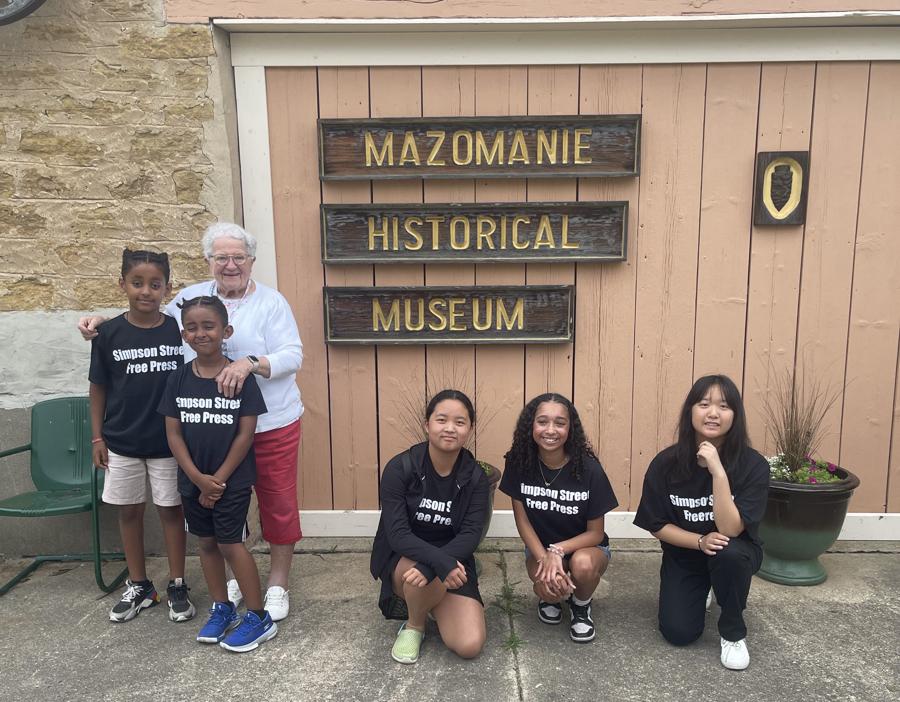New Street Drugs Make Opioid Crisis Worse

by Moore Vang, age 15
Dane County and Milwaukee County health officials are concerned about a synthetic drug that can worsen the opioid crisis. This drug is known as medetomidine, an animal tranquilizer that is being mixed with fentanyl along with other street drugs. Although medetomidine has not been linked with overdose deaths in Wisconsin, it has been in other places nearby such as Chicago and is an example of the dangers of these new incoming drugs.
Medetomidine has multiple health side effects including sedation, decreased heart rate, and difficulty breathing which can worsen with opioid and non-opioid sedatives. These effects are similar to another animal tranquilizer that has entered Wisconsin: xylazine, also known as Tranq. Effects of these drugs can not be treated by opioid-reversing drugs such as Narcan, thus overdose is a serious risk when these drugs are present and abused.
Dr. Ben Weston, the director of medical services for the Milwaukee County Office of Emergency Management, said, “It makes opioids even more dangerous and harder to reverse.” Within two years, xylazine went from not being a concern to being the cause of 5% of all overdose deaths in Wisconsin. “The trends that we are seeing nationally probably mean that it’s only a matter of time until we see medetomidine here in Milwaukee County and in Wisconsin,” Weston said. A Milwaukee County medical examiner is continuing to look for the presence of the drug in overdose deaths. [Read More]



















































































